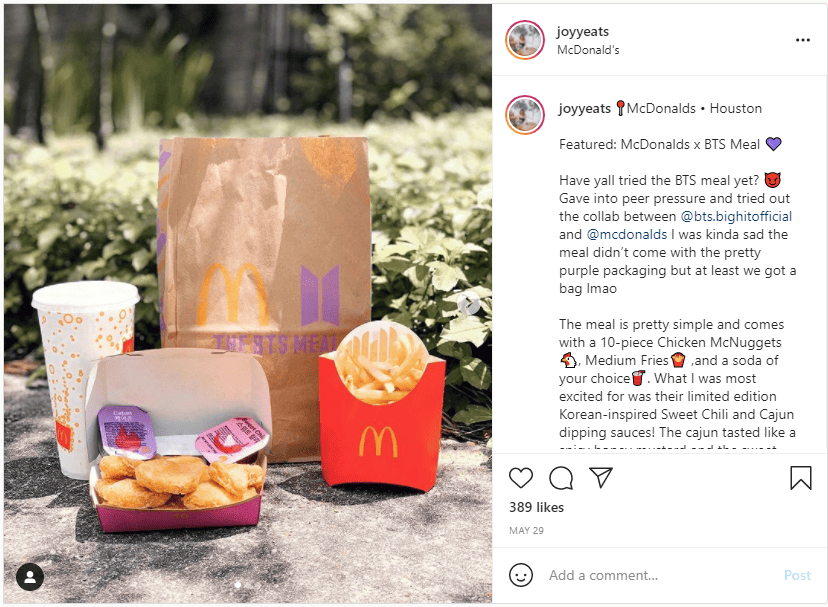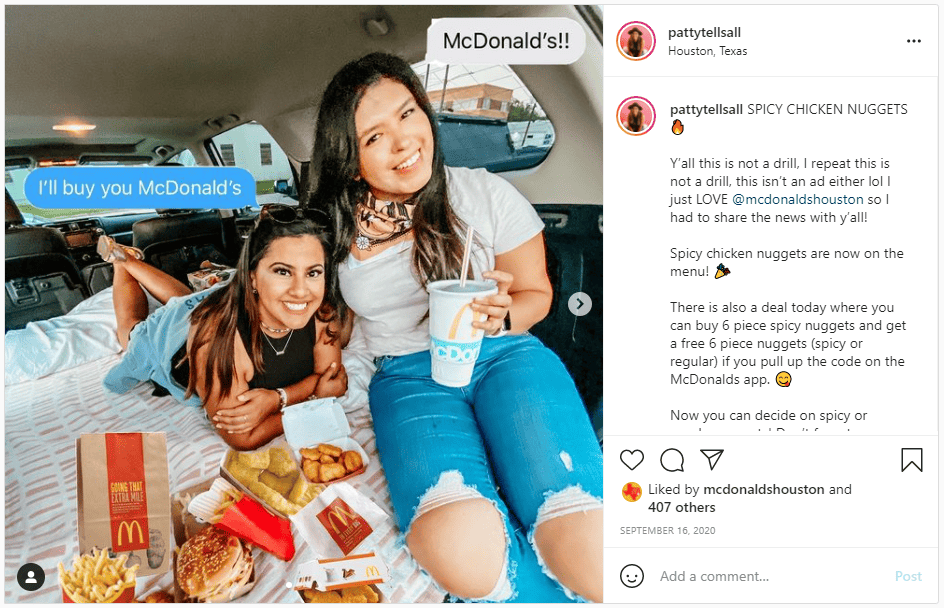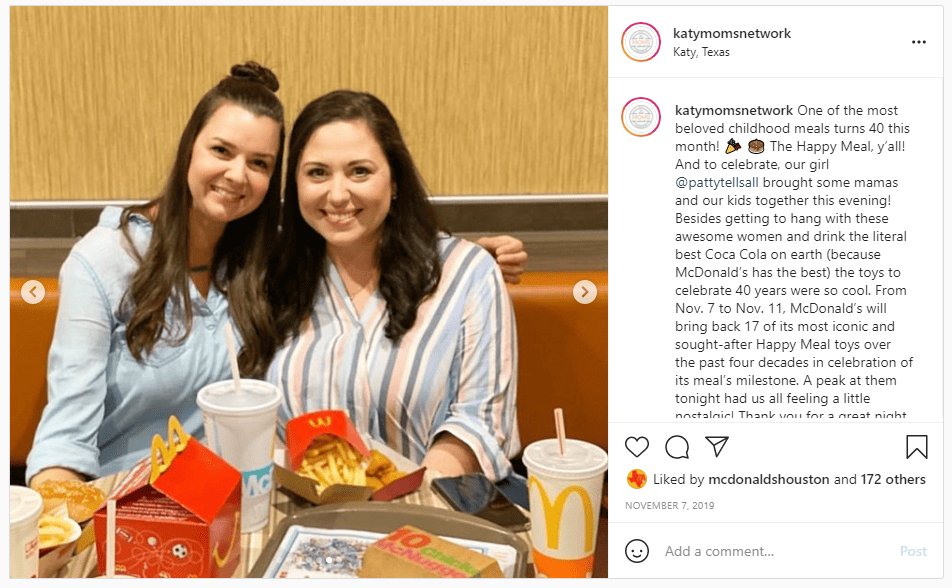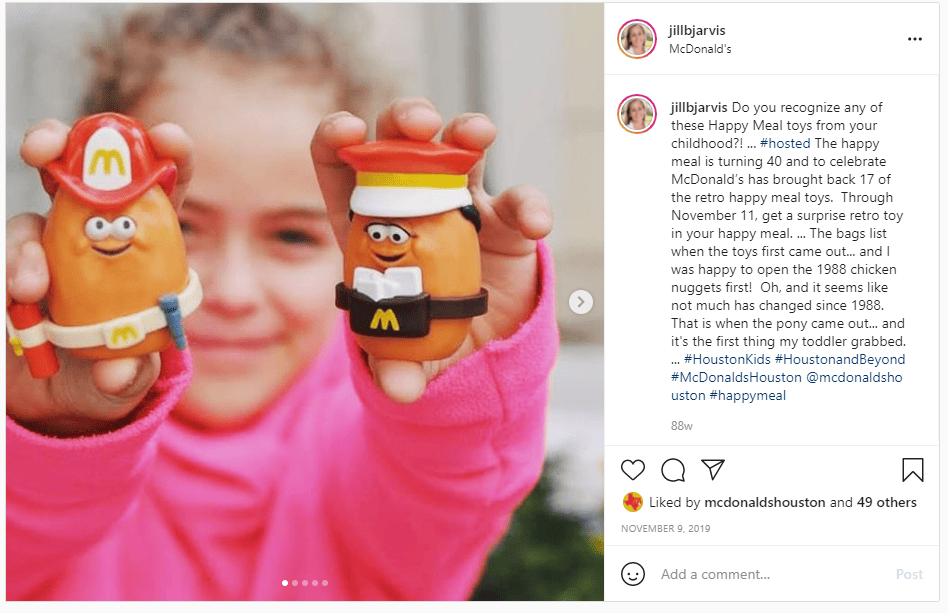How to build relationships with influencers to engage hard-to-reach audiences
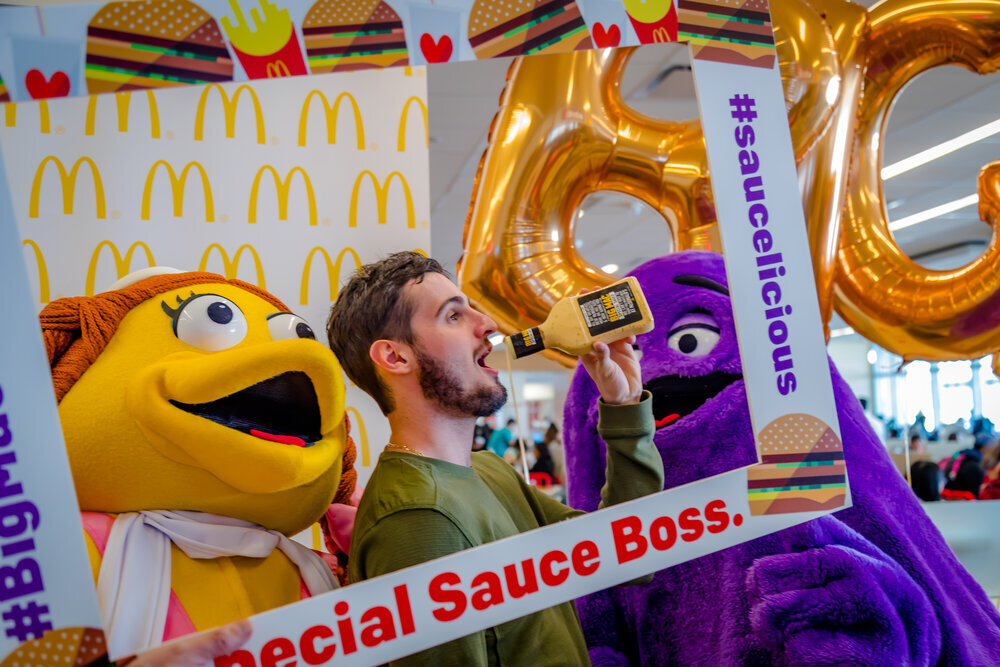
Influencers have an unrivaled ability to activate hard-to-reach demographics through authentic engagement. That’s why working with influencers should be a core component of any public relations or marketing strategy. Despite the disruption of COVID-19, spending on influencer marketing is set to increase through 2022 because of its proven effectiveness.
Paying influencers to publish your branded content can be worthwhile in some scenarios, but these partnerships can be so much more than simply pushing content stamped with “#ad” through their accounts. Building collaborative relationships between an influencer and a brand can yield incredible results.
About Influencers
When thinking about influencer relationships, it’s crucial to consider what type of influencer would be a good fit for your brand. Though it’s tempting to approach influencers solely as a numbers game, those with the most followers may not be an appropriate fit. Instead, first consider the various kinds of influencers: Mega, Macro, Micro and Nano.
Mega-influencers are the behemoths of social media, defined as those with more than a million followers. Often celebrities, these individuals frequently tout global name recognition. If you’re attempting to make a product become a household name—with the budgets to match—these are the folks you’d choose.
Slightly smaller, macro-influencers typically have between 500,000 and 1 million followers. They can earn huge impressions for your brand while maintaining some of the personable presence that smaller influencers are known for.
With an audience of 10,000 to 500,000 followers, micro- and mid-influencers are the most commonly worked with. Their audience is highly loyal, and they command a degree of trust with their followers that larger influencers find difficult to maintain.
Finally, nano-influencers maintain a following of 10,000 or fewer individuals. What they lack in reach, they make up for in their power to engage their followers. Nano-influencers are the most trusted of any influencer type and maintain a hyper-niche audience.
It’s important to note that there’s an inverse relationship between follower count and engagement rate. Typically, nano-influencers appreciate engagement rates around 3x higher than the average rates seen on macro-influencers’ posts. Meanwhile, macro-influencers have a much higher reach. So, if if your goal is to reach maximum eyeballs and your product or service is available nationwide, go with a macro-influencer. However, if you’re trying to connect with niche or local audiences, micro- and nano-influencers will often be your best bet.
Influencer Marketing vs. Influencer Relations
In public relations, we understand the importance of using earned and paid media when it comes to effective digital media strategies, and the same goes for influencer programs. Influencer partnerships can exist at both ends of the spectrum—influencer marketing is a short-term paid media strategy that functions similar to an ad, while influencer relations are ongoing, unpaid partnerships that generate earned media value.
Influencer marketing occurs when a brand pays an influencer to post the content developed by the brand. These partnerships are noted on social media with a #ad or #sponsored, and are fantastic for reaching varied audiences through influencers with large followings. The copy and content of produced via influencer marketing are developed by the influencer and brand together, creating a cohesive post designed to garner exposure.
On the other hand, influencer relations are an ongoing, unpaid partnership between an influencer and a brand. The goal of this type of collaboration is to generate a long-term ROI by developing a relationship with influencers that’s mutually beneficial. The aim of an influencer relations program is to inform trusted influencer partners about an event, product or offering that their audience might be interested in. Once informed, these influencers then create their own content communicating this information with their audience. The end result benefits both parties: the influencer gets regular access to information relevant to their audience and your brand receives unpaid recognition via the content influencers produce.
Though you might not have as much control over the content when compared with influencer marketing, you gain an immense ROI from the earned media value of these posts. Though time-consuming, the authenticity of content produced via influencer relations serves as a powerful endorsement for your brand, allowing you to truly connect with audiences that you’d otherwise be unable to through paid media.
Influencer Programs vs. Influencer Campaigns
Though it may be difficult to differentiate between the two initially, there are numerous differences between influencer campaigns and programs.
Influencer campaigns are partnerships where a brand works with an individual influencer to support a singular initiative. Though each campaign is only for one initiative, it’s normal to have multiple campaigns with the same influencer—especially if your brand pushes various initiatives throughout the year. Campaigns can be paid or unpaid and are a helpful tool for planning your communications strategy.
Alternatively, influencer programs refer to the overall approach you take to integrating influencers in your communications plan. Just like any quality communications strategy, these programs should contain a mix of paid (influencer marketing) and unpaid (influencer relations) campaigns to be successful.
How Influencer Relations Can Better Your Brand
92% of consumers note that they trust influencers more than ads, so influencer partnerships shouldn’t just be seen as a different kind of paid media strategy. The average American sees anywhere from 5,000 to 10,000 ads in a day. Paying an influencer to publish your copy and a photo of your product to their 1.5 million followers may not cut through the noise—and could come across as inauthentic.
The key to influencer relations programs is ongoing collaboration. Typically, influencer campaigns are a one-and-done scenario where your brand no longer reaps rewards once the campaign or partnership is over. Influencer programs aren’t as finite. Consider the investment in this long-term partnership as a means to genuinely connect with the influencer and their followers.
When you take the time to invest in an influencer relations program, you empower influencers to create unique, brand-forward content that appears more trustworthy, is more engaging, and is more likely to be memorable to their audience. After all, the followers are there for the influencer—not your brand. However, through consistent, authentic messaging via the influencer relations program you can convert these followers into fiercely loyal brand evangelists, especially when working with smaller influencers that command a niche audience.
Leveraging Influencer Relations to Reach Niche Communities
Well-designed influencer relations programs take into account which influencers fit your brand—they might even already use your product. It may be alluring to partner with influencers with large followings, but remember, smaller influencers wield higher engagement rates and are believed to be more trustworthy by their audience. They have a huge impact on buying behavior and are the ideal type of influencer to collaborate with through these programs. The goal is to partner with and empower influencers who are passionate about your brand— it’s this authenticity that’s key to converting their niche audience into lifelong fans.
More Blog Posts
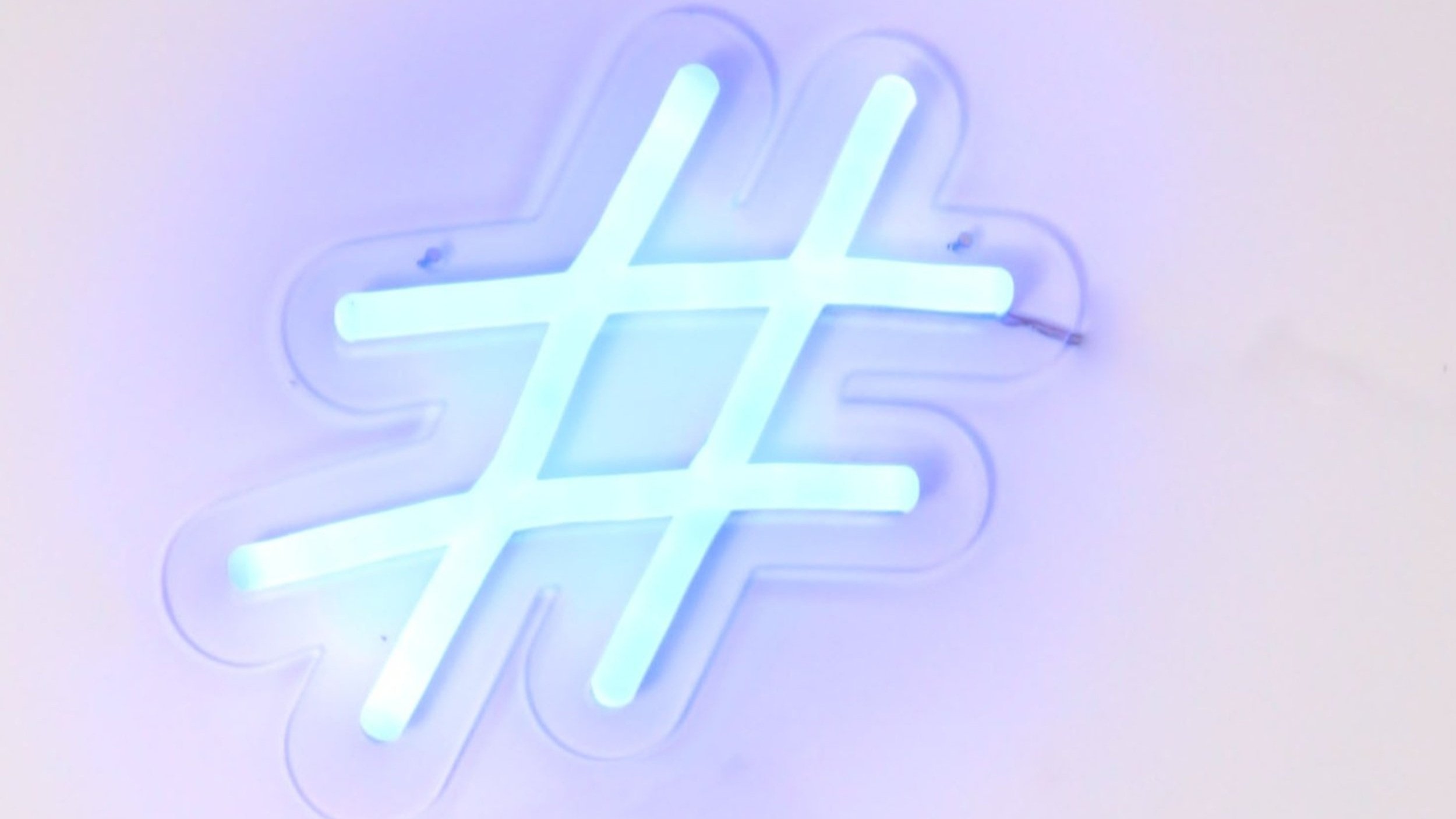
In the digital era, one symbol has risen to become a ubiquitous thread connecting social media platforms, marketing campaigns, and...
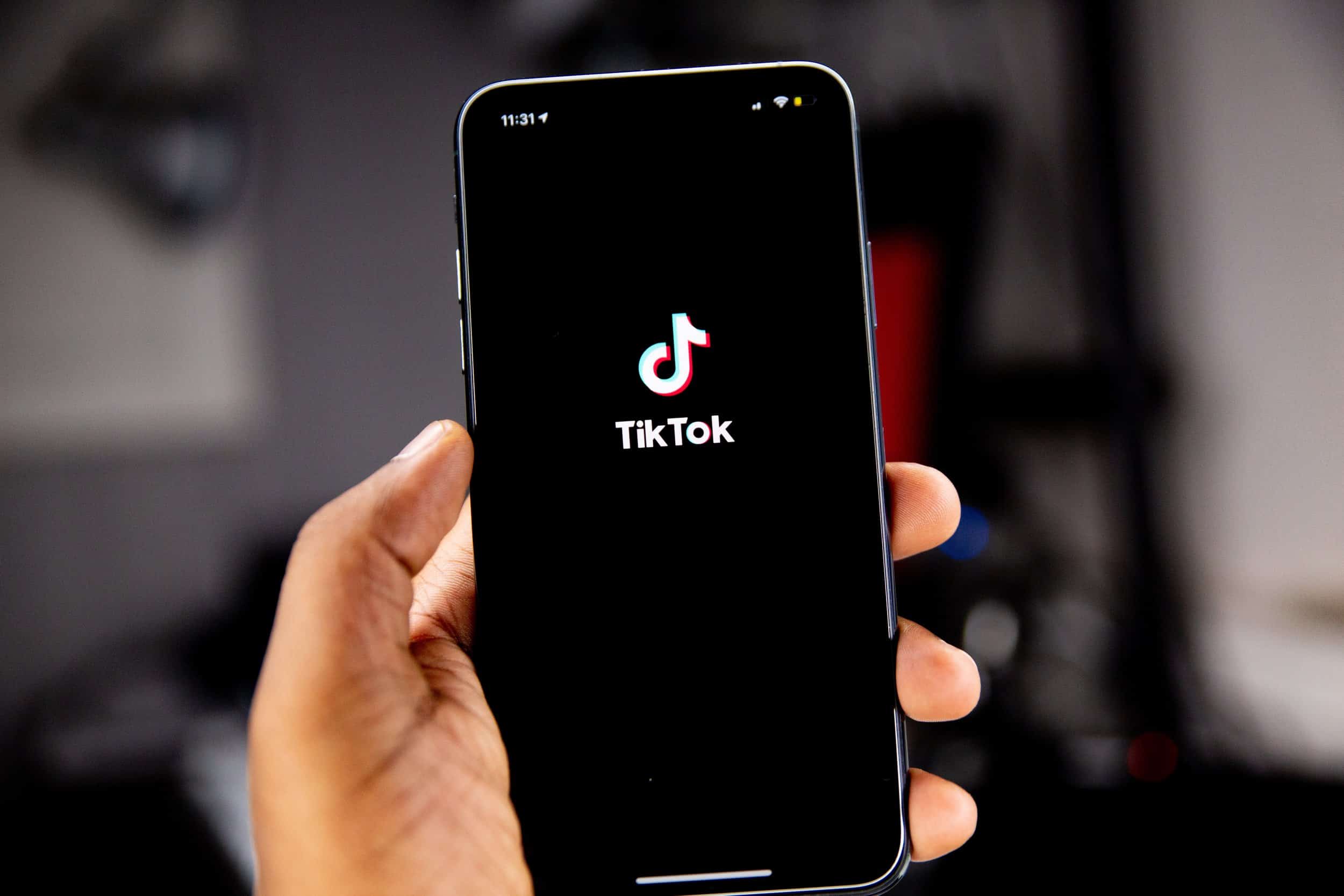
Despite the recent introduction of legislation to ban the use of TikTok in the US, when it comes to social...

One thing that always comes up in a CKP meeting: food. Do we have a shared recipe doc for swapping...
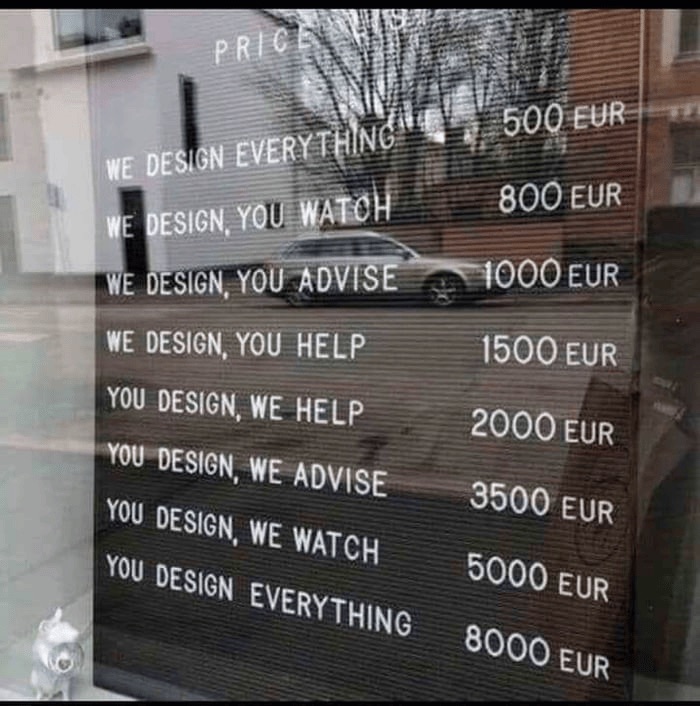
When you hire a graphic designer to build social media assets or engage an agency to rework your branding, it...

